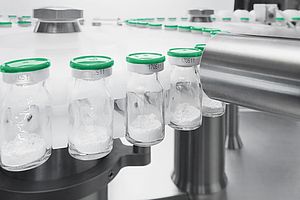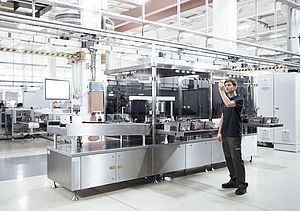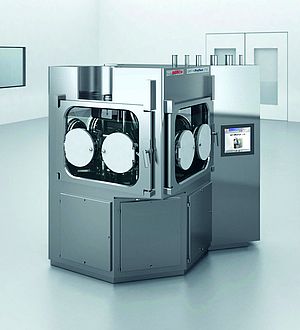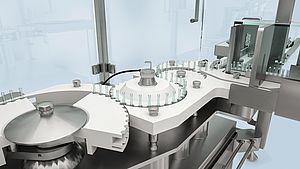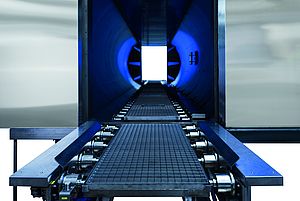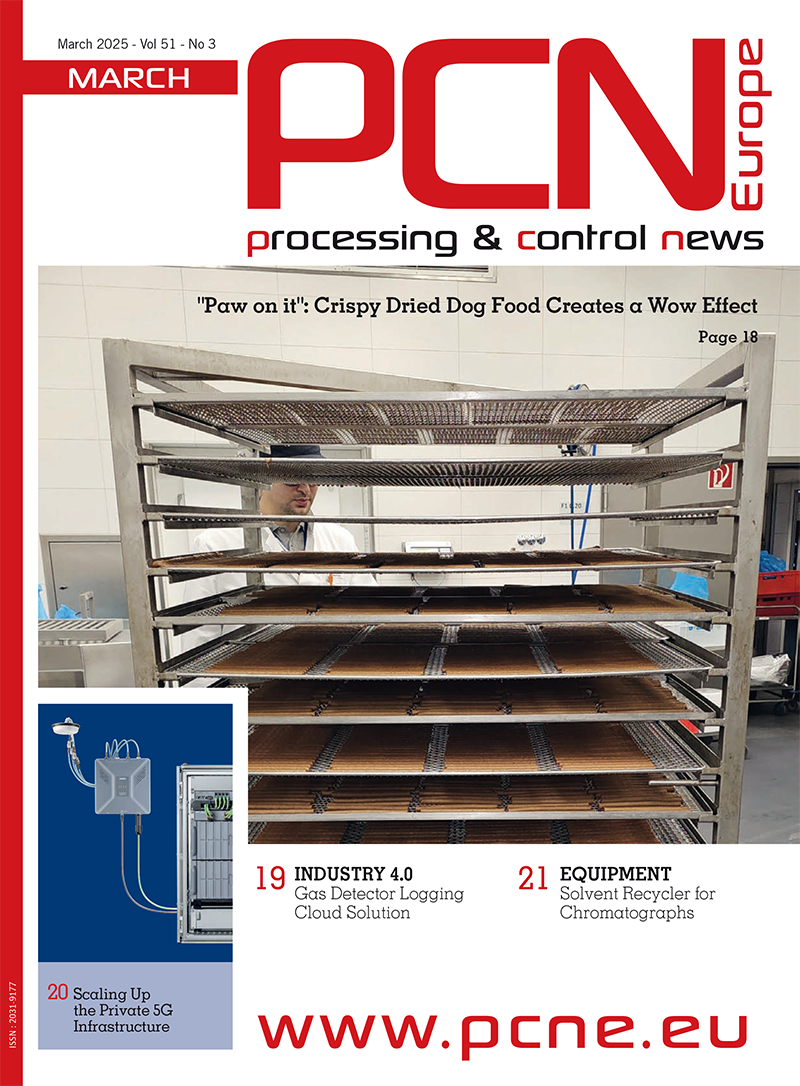The PPWR stipulates that by 2030 all packaging that is brought into circulation on the European domestic market needs to be recyclable, including paper and plastic. This urges packaging manufacturers to re-evaluate commonly used materials. Take packaging film, for instance: as traditional composite materials do not lend themselves to efficient recycling, complying with PPWR regulations means changing the base material altogether. Barrier paper and monomaterials, i. e. films made of a single material like polyolefin, have established themselves as viable options and are being used across industries, e. g. for snack bar flow wrapping.
Testing the materials
These novel materials often call for adapted processes: paper is more susceptible to tearing than film, and monomaterials prove to be more challenging during sealing. Especially brand owners in the food industry therefore need to retrofit existing packaging lines or invest into new solutions to maintain packaging quality, and ultimately consumer safety. When it comes to paper packaging, special forming shoulders and lower sealing temperatures can contribute to packaging integrity. Monomaterials, in turn, might require additional treatment that supports sealability, which plays a major role in preventing contamination and preserving food freshness.
Neither brand owners nor packaging manufacturers need to address these challenges on their own. From developing alternative materials to upgrading systems or choosing new solutions altogether, equipment providers like Syntegon have invested in the development of equipment solutions for processing recyclable monoplastics and paper at an early stage. As a result, these providers have several levers at their disposal to effectively support food industry players.
Adapting the equipment
The transition towards PPWR-compliant packaging can take place on different levels. Sometimes the expertise and advice of a field service technician might suffice to help producers integrate novel materials. More often, however, the right tooling and new parts are required to avoid compromising on process efficiency and packaging quality. Well-versed technology providers help by providing testing capabilities on production equipment. With equipment experts and the right tool sets at hand, brand owners can determine the suitability of packaging materials and the best machine configuration – without losing precious production time.
Specially developed tools such as innovative paper forming sets, for instance, allow to run cold seal paper for bars and tablets at the same speed as laminates on new and existing machines. Likewise, forming shoulders and sealing tools facilitate the processing of paper-based flexibles on vertical packaging lines. Monomaterials, in turn, often require specific sealing systems. State-of-the-art solutions for vertical baggers can cool and heat materials at the same time, allowing sensitive mono-PE flexibles as thin as 20 µm to be processed gently.
Rethinking packaging design
The PPRW goal of significantly reducing waste requires adjustments to packaging design that can affect the equipment as well. Packaging reductions are a vivid example: while large, eye-catching formats were omnipresent on supermarket shelves for a long time, today the focus is on reduced sizes and, above all, smaller head spaces.
Market-leading companies provide technologies such as air expellers for headspace reduction or slimmer sealing devices and test them on the food manufacturers' existing systems. Packaging sections that are not filled can be reduced in size, resulting in less packaging material for primary and secondary packaging and reduced weight. This not only has positive effects on transport and logistics. It also saves CO2 emissions and costs at the same time.
No matter what decisions packaging material manufacturers and brand owners take: choosing between paper or plastic – or other specialized packaging – remains a largely fact-based decision focusing on economic considerations. Calculation methods in the form of life cycle analyses (LCA) can help compare manufacturing scenarios on production machines or analyze the CO2 footprint of each packaging material. This holistic approach to packaging helps brand owners reconcile ecological and economic requirements, providing a clear view of the environmental impact of packaging materials and processes – for a more sustainable future.
Author: Torsten Sauer, Director Sustainability Syntegon Technology GmbH






